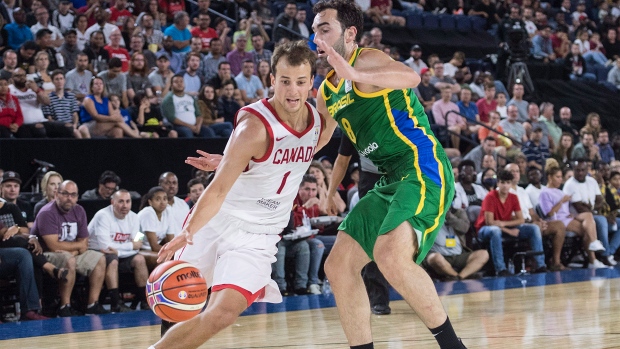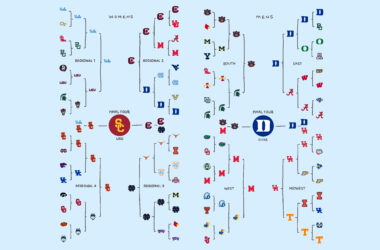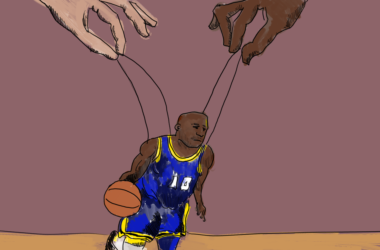The 2019 FIBA World Cup concluded on Sept. 15, sending a traditionally dominant American team home with a lowly seventh-place finish. This loss came as a shock to USA Basketball and ended a 58-game winning streak dating back to 2006, leaving many fans wondering what has happened to Team USA.
A lack of coaching, funding, or injuries did not sow the seed of this loss: It was an absence of elite talent. The US team featured only one NBA all-star, Kemba Walker. Team Canada suffered from a similar problem with top players like Jamal Murray and Andrew Wiggins opting out of the World Cup. While American and Canadian fans may be disappointed with the results, they, as basketball fans, should welcome this outcome as a sign of a thriving future for the sport, both internationally and in the NBA.
This is not the first major slump in enthusiasm for international basketball. In 1988, Team USA suffered a devastating loss to the Soviet Union after sending only collegiate players. In response, however, the iconic 1992 “Dream Team” formed just four years later, including legends like Michael Jordan, Magic Johnson, and Larry Bird. Many fondly look back on the “Dream Team,” which handily won games by an average of 40 points, as the most dominant basketball team ever.
The fact that Team USA is not effortlessly pummelling opponents any more is not a bad sign for basketball fans worldwide; it signals an era of competition worth watching. During Team USA’s historic 1992 run, there were only 26 international players in the NBA. Today, there are 118, including top-tier talent such as 2018-19 MVP Giannis Antetokounmpo. This makes for far more compelling and competitive play, both in internationally and during the NBA season.
The mass dropout from international play also reflects a change in the mentality of professional athletes. As the NBA grows, players are becoming more than just athletes, taking on roles as brand representatives and content creators. Building a brand requires an enormous amount of time and availability, but it helps athletes ensure a future after their basketball careers come to an end.
Sports science has also changed the offseason. Top NBA talent can play as many as 98 games per season, and they are finally taking the time to recover from the intense physical pressure by limiting exertion both during the regular season and the summer. For example, former Raptor Kawhi Leonard blazed a trail last season, averaging 34 minutes per game in 60 regular season games. After this Raptors’ victory, Leonard chose to opt out of summer play and rest his body, focusing instead on his long-term health. By choosing to let the offseason truly be just that, players are ensuring that, when the time comes, they can go all in to compete for a championship.
Looking at the success Leonard and other veteran stars have had on and off the court, it is understandable why young players are declining opportunities to play for their national teams, instead focusing on individual training and recovery. For players like the Denver Nuggets’ Jamal Murray, the decision to forego representing Canada at the FIBA World Cup gave him the chance to legitimately prepare to contend for a Western Conference title and protect against serious injury.
Top NBA talent opting out also opens up the floor for lesser-known international players to shine. Canadian fans were treated to the play of Kevin Pangos and Kyle Wiltjer, two skilled Canadian athletes who compete overseas in two of the top basketball leagues outside of North America.
While it is always fun for fans to watch their favourite athletes play and see their flags represented on the podium, it is time to look at basketball as an all-year international sport. With a return to parity in the international game, basketball fans should be excited for this new era of more competitive play.








